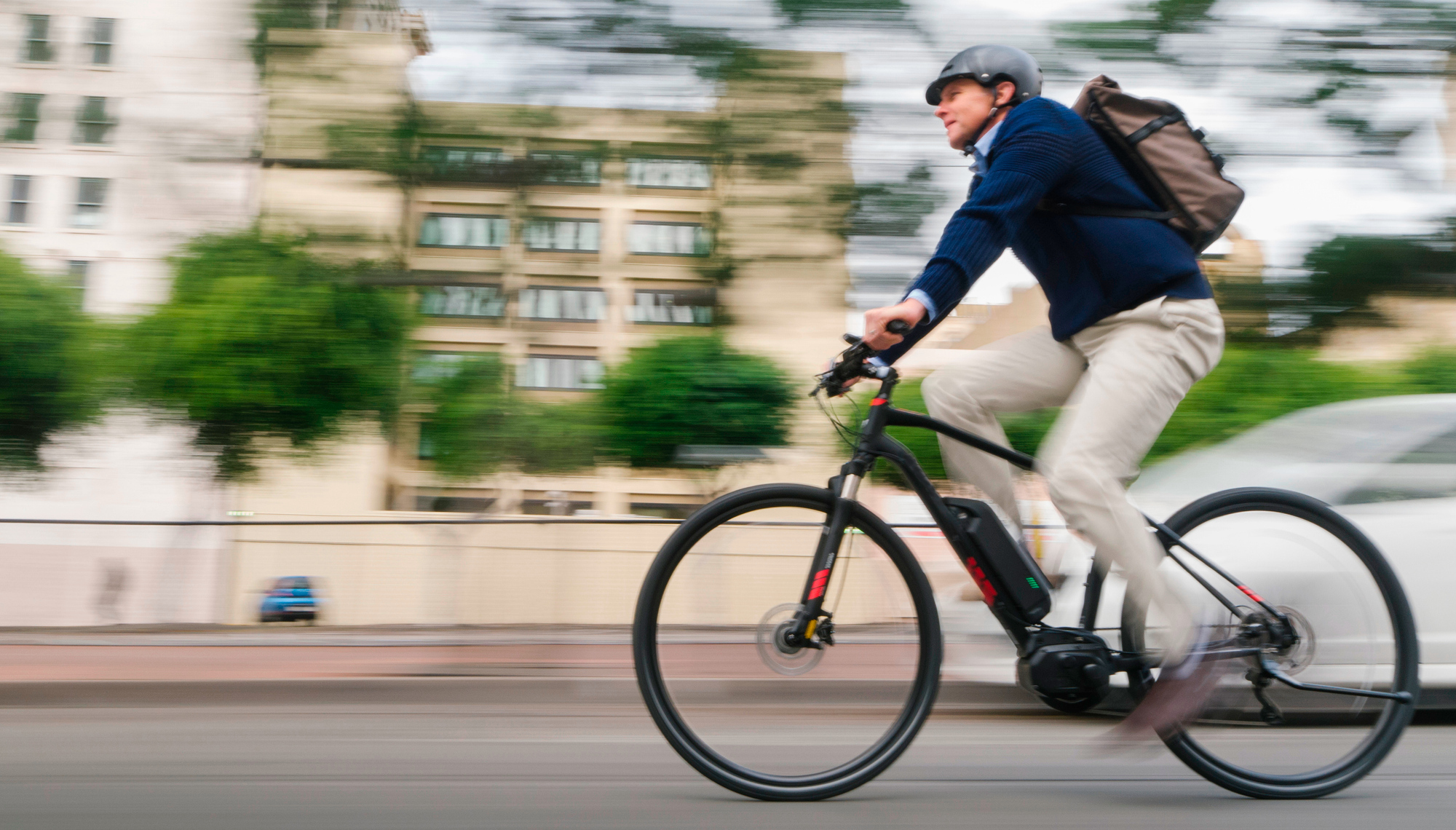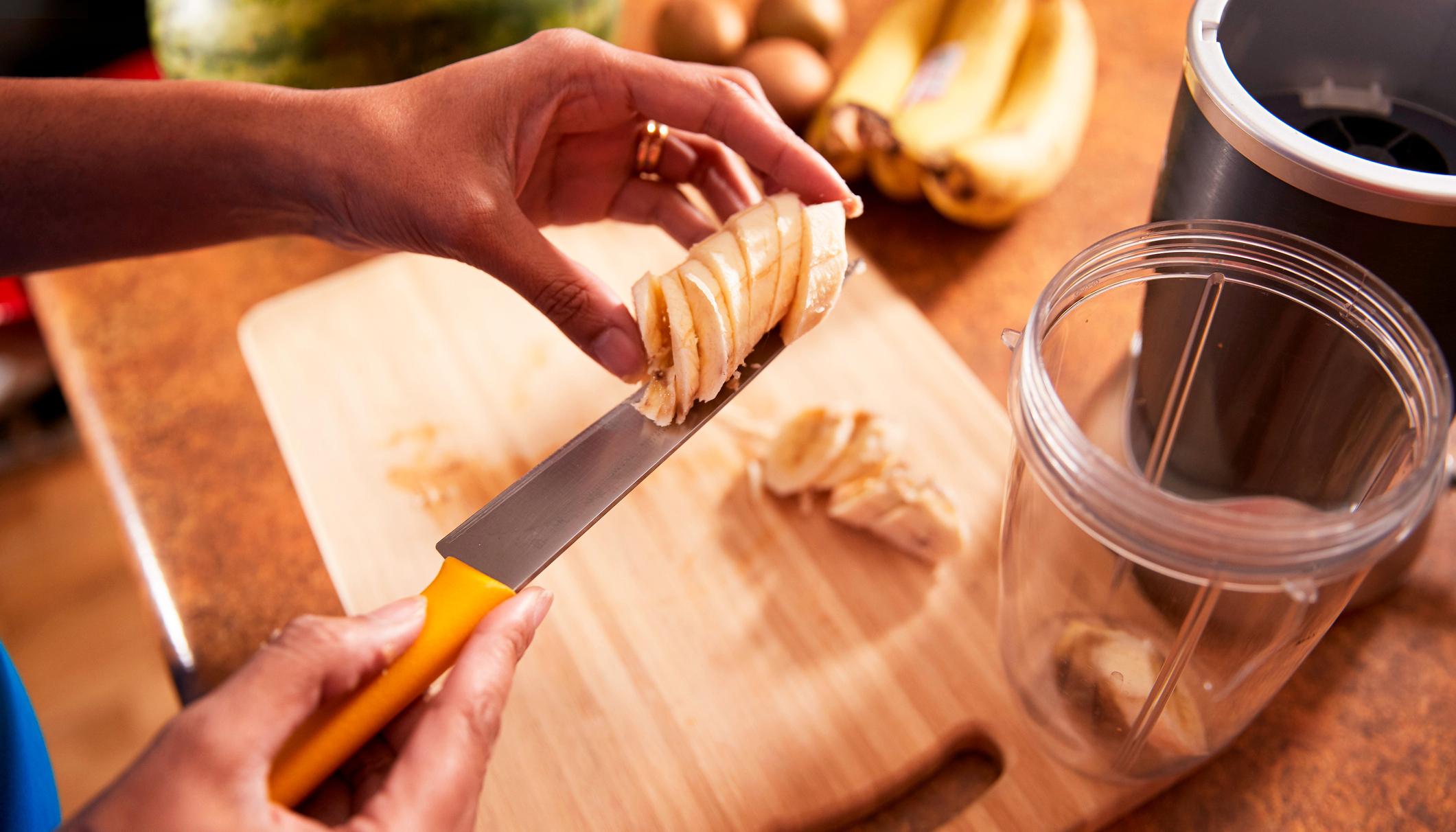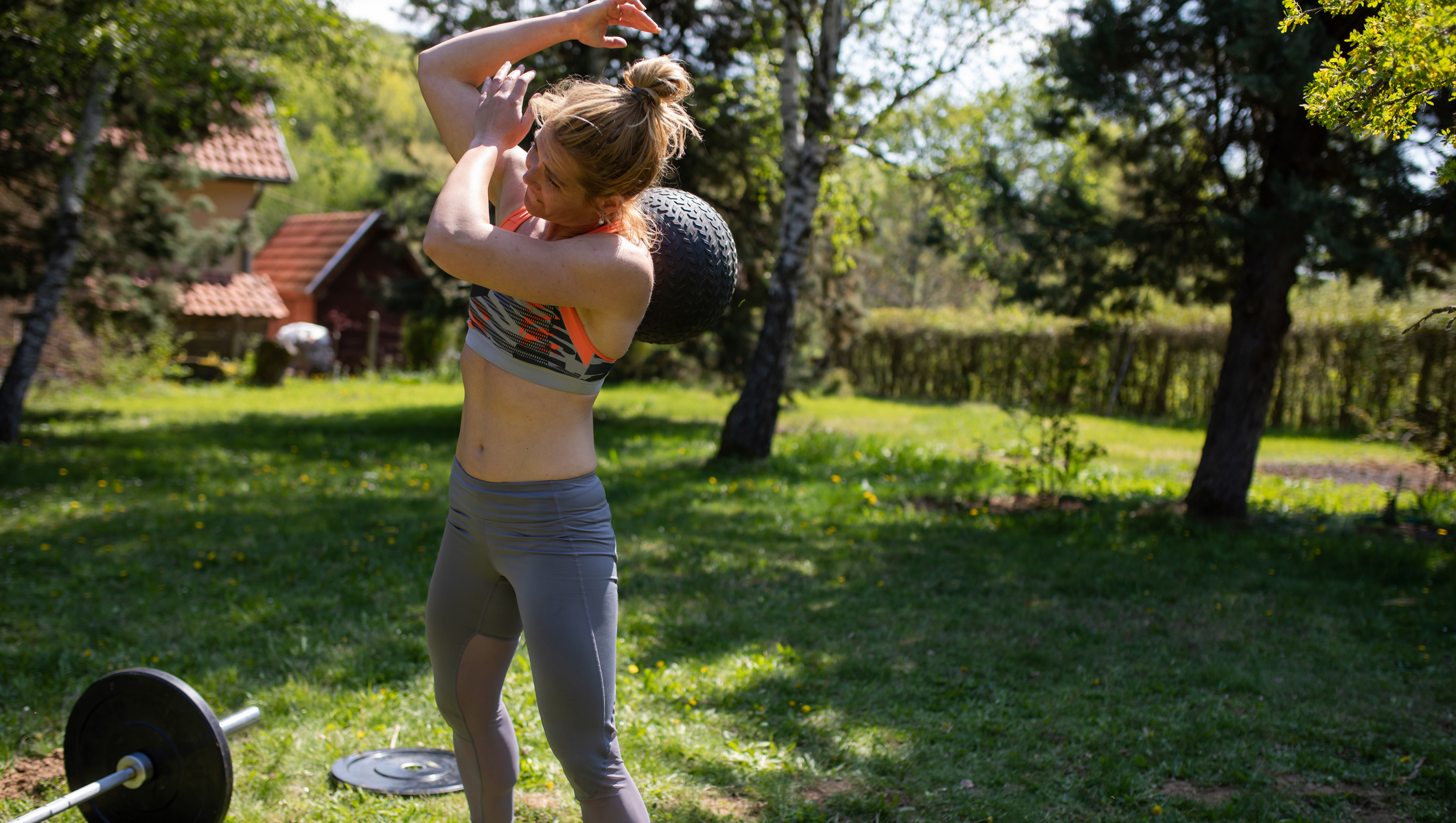Lift Weights To Lose Weight
Follow our fat-burning formula to get lean faster

When you first start thinking about exercising to lose weight, steady-state cardio exercise like running, cycling and swimming may be the first options that come to mind. However, while those are all great ways to lose weight, strength training comes with an added benefit which helps to hit your fat loss goals. So even if you prefer spending your time with endurance activities, it’s worth regularly visiting the weights room of your gym. Or your front room, since we all bought a load of home gym equipment during the lockdowns, right?
By lifting weights, you’ll increase your muscle mass while burning fat. You may find your weight on the scales doesn’t change much – but your body composition will, and that’s crucial. Having more muscle and less fat on your body increases your basal metabolic rate, which means you’ll be burning more calories while at rest, helping you in the long term.
Even if you don’t plan on bulking up, maintaining muscle mass while losing weight is important, because if you simply shed a few pounds your basal metabolic rate can drop as your body reacts to the changes in weight. So even if you’re going all-out with cycling or running to lose weight, lifting some weights and eating enough protein to maintain or build muscle is definitely a worthwhile endeavour.
The 6 Rules Of Lifting For Fat Loss
1. Go for multi-move sets
Doing straight sets of a single lift is the right approach for building muscular strength, but doing different moves back to back – or even doing many different lifts in a circuit – is a better path to follow when losing your belly is the priority.
A superset is one move followed by another with little or no rest in between and can either target the same muscle group (eg biceps), antagonistic muscle groups (biceps and triceps) or upper- and lower-body muscle groups (biceps and quads). A tri-set is three lifts grouped with little or no rest, while a giant set is four or more moves.
Quite when a giant set becomes a circuit is semantics, but the effect is the same: greater increases in heart rate and muscle fatigue, which is the key to creating the conditions for your body to tap into fat stores.
2. Do full-body workouts
To build muscle, it’s better to focus on training one or two muscle groups per session to work them hard and fully initiate the process that creates new muscle tissue. But if burning fat is your focus it makes sense to do full-body workouts each time you go to the gym.
Get the Coach Newsletter
Sign up for workout ideas, training advice, reviews of the latest gear and more.
As with doing supersets and circuits, this is because of the heart-pumping benefits – keeping rest periods short is again important.
Working more individual muscle groups every session also requires greater energy consumption after training as part of your body’s recovery process, so you’ll continue to burn fat.
3. Prioritise compound lifts
If you want to torch fat then lifts that cause movements at two joints – such as squats (hips and knees) or overhead press (shoulders and elbows) – and involve multiple muscle groups should take up the majority of your gym time.
The reason is simple: the more muscles involved, the more weight you can lift; the heavier the weight, the harder your muscles must work to manage it; the harder your heart and lungs must work to pump blood and oxygen to the working muscles, the more calories you burn during your workout and in the hours after your session.
That’s because your body must increase your metabolism – the rate at which you burn calories – to repair the damage done to your muscles and repay the oxygen debt from training. You can still do isolation – or single-joint moves – such as biceps curls or leg extensions, but do so at the end of your workout once the heavy lifting is in the bag.
4. Reduce the weight
This may sound counter-intuitive but lowering the amount of weight you lift can help you increase the rate at which you burn fat. It’s important to still lift heavy to make your muscles work hard, but reducing the resistance slightly, whether that’s on the bar, a machine or a pair of dumbbells, can make the weight more manageable and allow you to focus on really using your muscles to lift and lower the weight, rather than having to cheat your form and use momentum to get it and keep it moving. That way, you get more actual quality lifting done during every set.
See related
- What You Need To Know About Your Metabolism For Weight Loss
- What Is Metcon?
- Workout Finishers For Faster Fat Loss
5. Don’t overdo the rest
One of the best ways to burn as much fat as possible in a weights session is to keep periods of rest between sets as short as possible. Giving yourself less time to recover from the previous set before starting the next keeps your heart rate high, increases the oxygen debt and recruits more muscle fibres to help move the weights as the sets progress and you become increasingly more fatigued.
If you’re doing multi-move sets or circuit-style sets, try not to pause in between each individual move, and rest only after completing the full set or circuit.
When you’re tired it gets tempting to extend your rest periods, so work out with a timer to ensure that you stick to the optimal rest period for burning fat
6. Keep sessions short
The longer the session, the more fat you burn, right? Not so fast. Switch your mentality away from counting the number of hours you’re putting in at the gym and instead towards how intensely you train when you’re there. A genuinely intense weights workout can’t last much longer than 45 minutes to an hour because if you’re doing it properly, you’ll be totally fatigued within that timeframe. The key is to not waste a single second so you keep your muscles, heart and lungs working to their full capacity. Remember, you’re there to train hard and then get out again, not spend hours doing half-hearted lifting.

Joe Warner is a highly experienced journalist and editor who began working in fitness media in 2008. He has featured on the cover of Men’s Fitness UK twice and has co-authored Amazon best-sellers including 12-Week Body Plan. He was the editor of Men’s Fitness UK magazine between 2016 and 2019, when that title shared a website with Coach.









